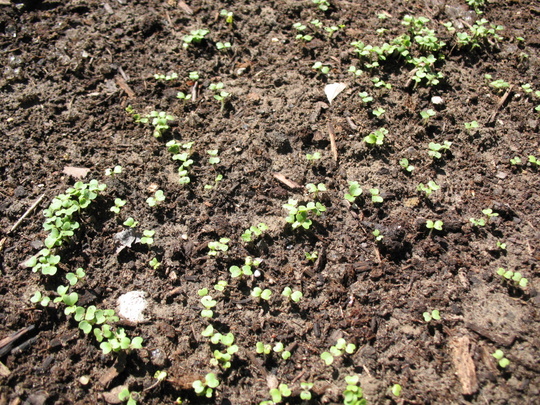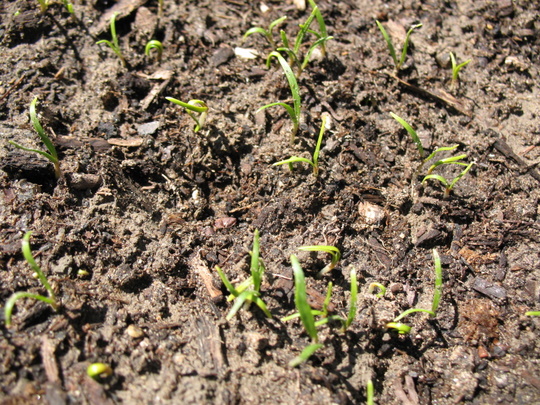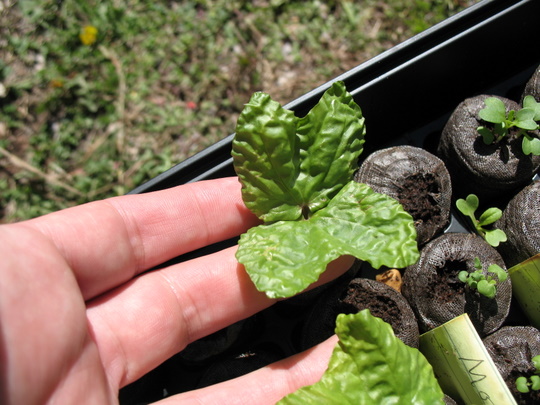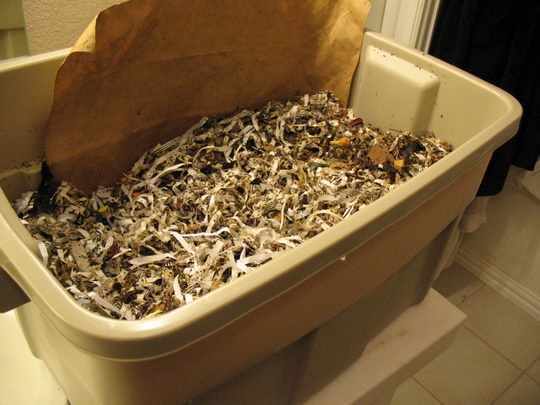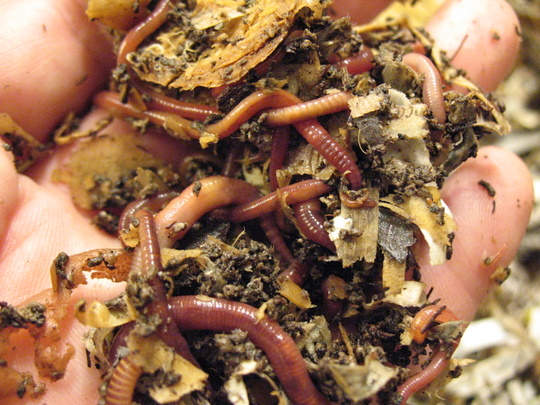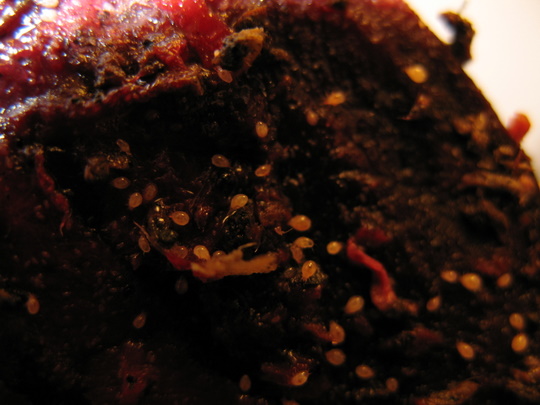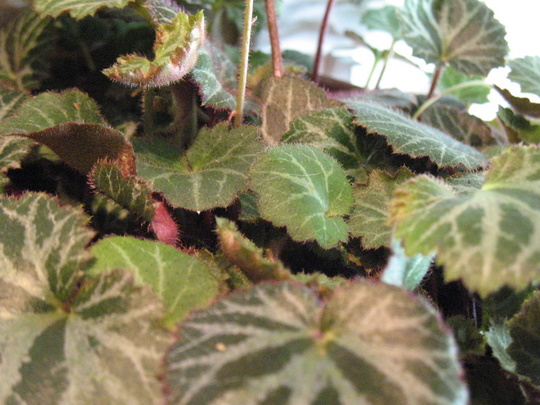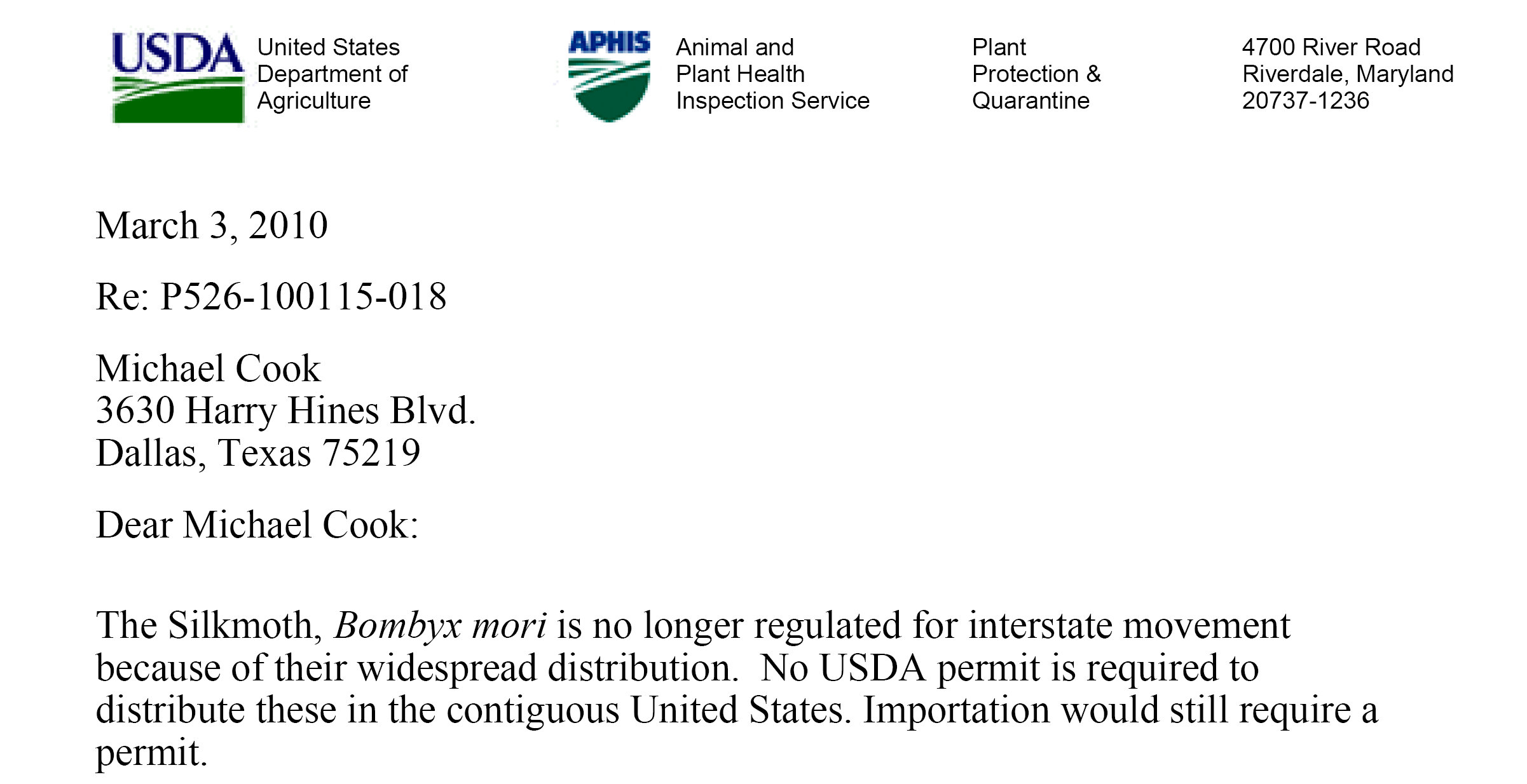My parents got us this very cool weather monitor for Christmas. It has an outside unit and two inside units, and it tells the temperature, humidity, etc. And its “Weather Girl” feature helps show you how to dress.
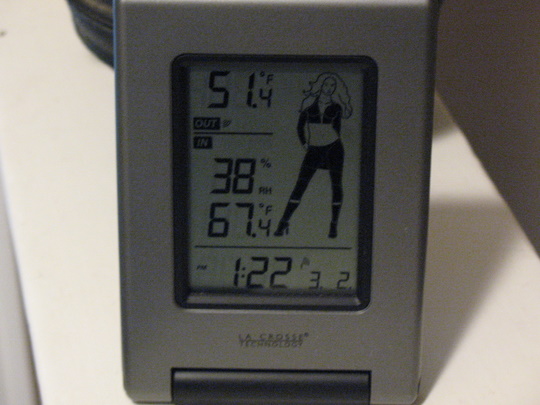
When it gets really cold (well, cold for Dallas), she has a calf-length coat and a scarf. Colder still, and she puts on earmuffs. I don’t think she owns a hat. And when it hits about fifty, she starts serving us bare midriff, and the thrust of her hips is really obvious. When we first saw that, we realized… our Weather Girl is a tramp. So she got her name… Slutty Susie, the Weather Floozy. It’s great – I’ll just call down the hall to Chris, ask him “What does Susie say?” and he’ll tell me if I need a sweater for the ride to work. And no, I don’t go with my belly button hanging out, even when it’s warm. I have a feeling when it hits 100’F, we’ll be seeing a bikini. Do they make a “Hot Weather Stud” version??
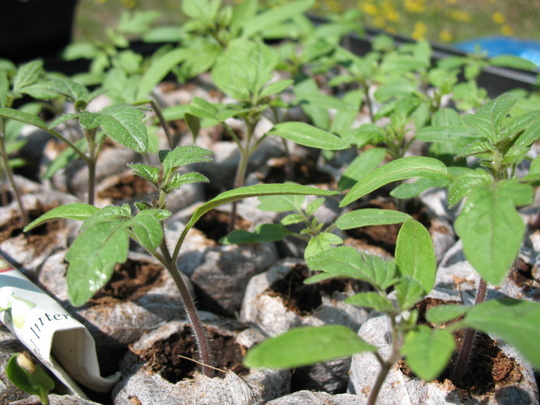
When Susie says it’s fifty degrees or more, the tomatoes get to visit the yard. They LOVE the real sun – much better than the lamps. It’s amazing, looking back, how much they’ve grown in just five days.
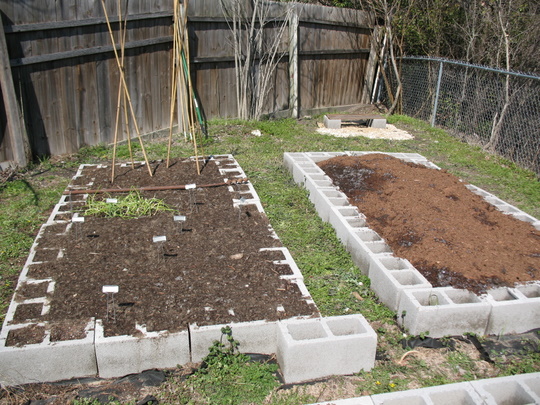
This past Sunday, I spent the afternoon heaving bags of soil-enrichment and double-digging. I got all three beds layered up in various amendments (peat, compost, other compost, and soil-moist crystals), and one bed double-dug and seeded. The other two will have to wait for the next quiet sunny afternoon that I’m free. I even got a little sun on my face!

I finished pouring and leveling after the sun set… and overnight, we had a lovely gentle rain. The Soil-Moist crystals soaked up all the water, and one of the beds where I hadn’t stirred them in, looks like we’re raising ice cubes. The great thing about these, is that they absorb and release water, keeping the soil at a fairly constant moisture level – and they’re a life-saver in our hot summers.
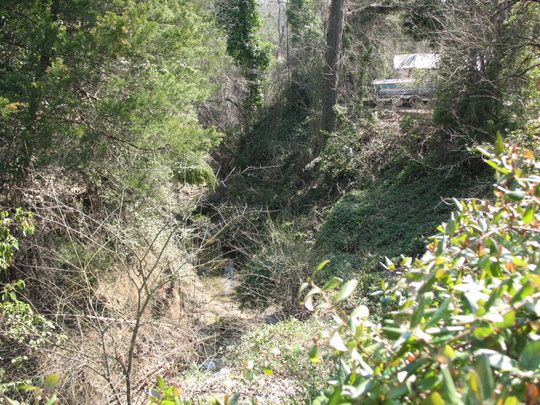
While I was digging, Chris was cleaning up the creek bank. It’s a natural creek, but with a reinforced bank, and there was a lot of trash and scrub and vines. Some of the vine is English ivy and honeysuckle, which is fine… but the cat briar had to go. Wicked thorns on that stuff!
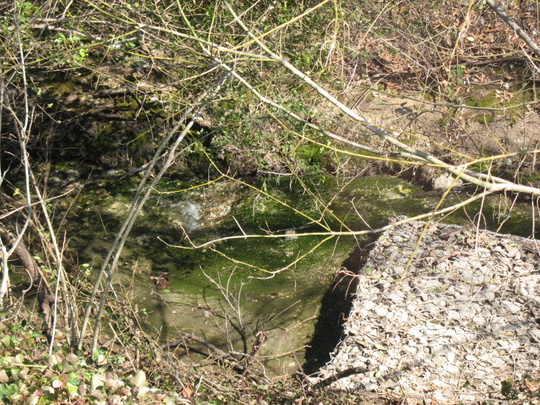
You can even see the creek, a little. So far, we haven’t seen a time, even in summer, when it stops running. The gentle sound of water playing is very pleasant.
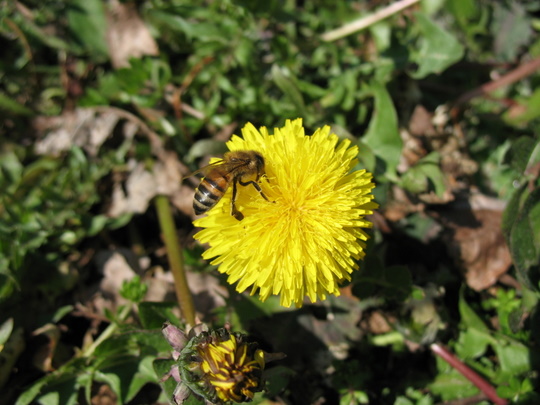
The fifty-degree weather also means that we have lots of bees buzzing in the yard. I like to watch them going from flower to flower, and practice petting them.
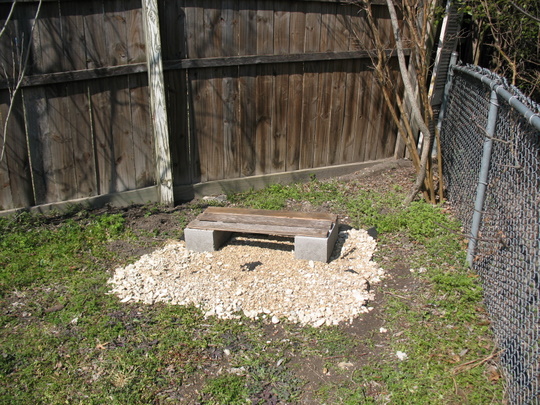
Because coming soon, there will be a beehive on those cinder blocks! It’s in the attic now; I’ll get the bees early next month. The rocks were Chris’s idea – neither of us is very keen on the idea of mowing right under the hive.


